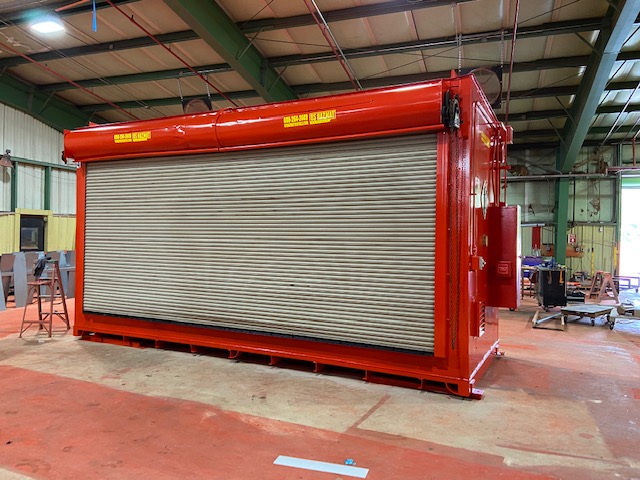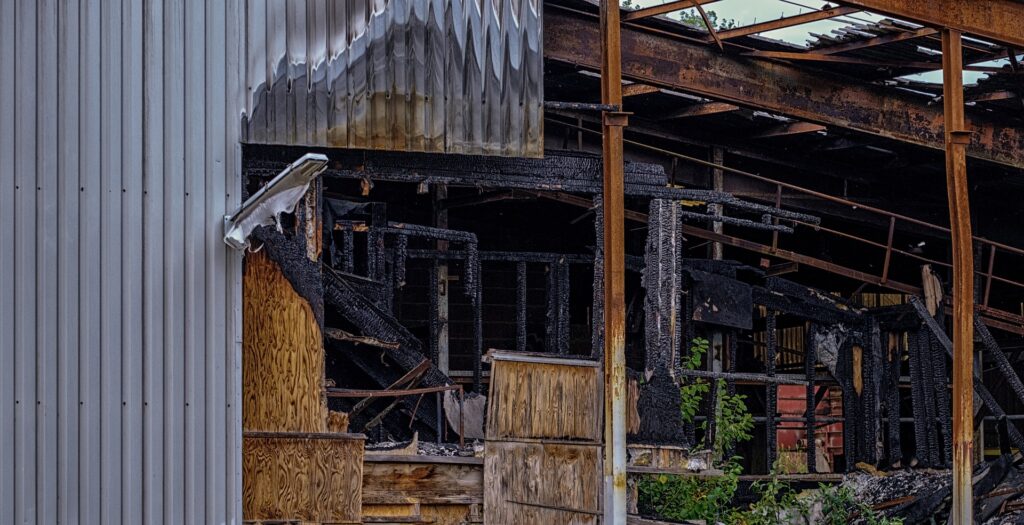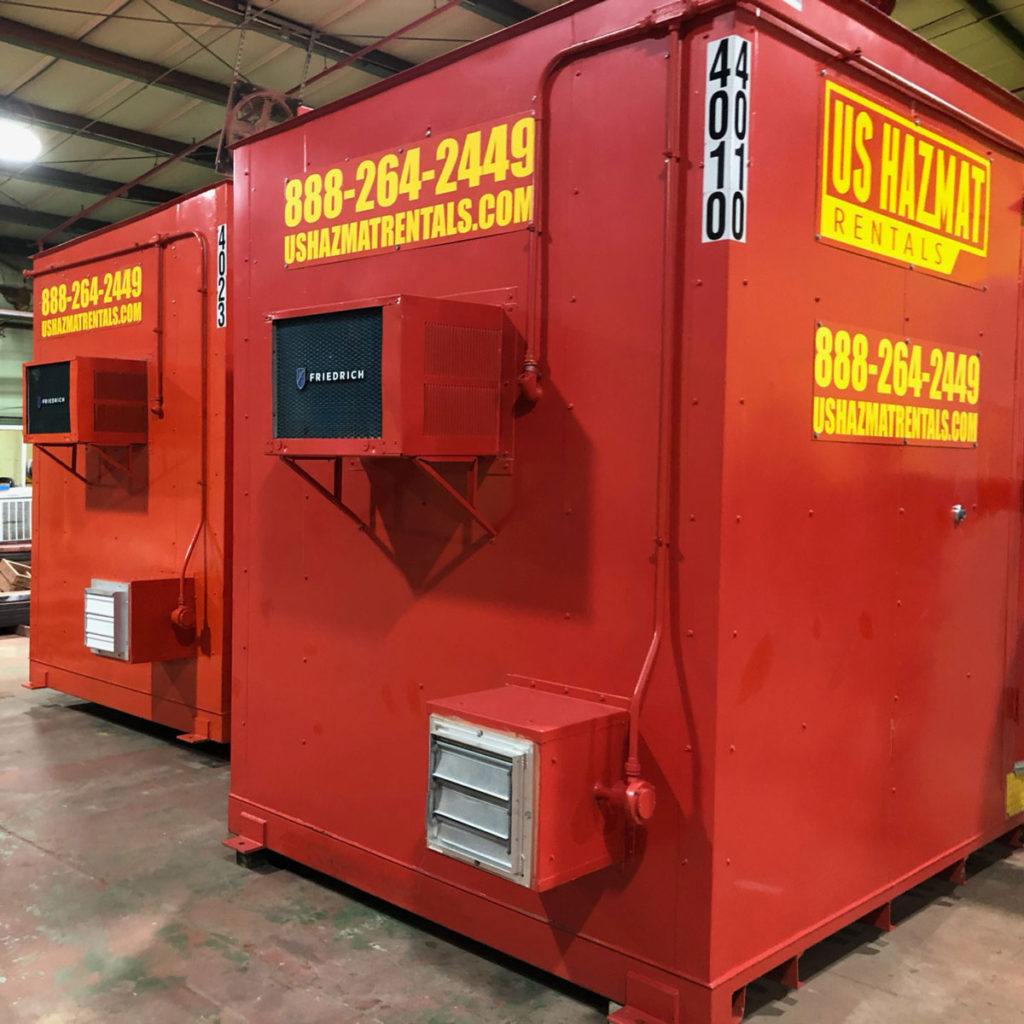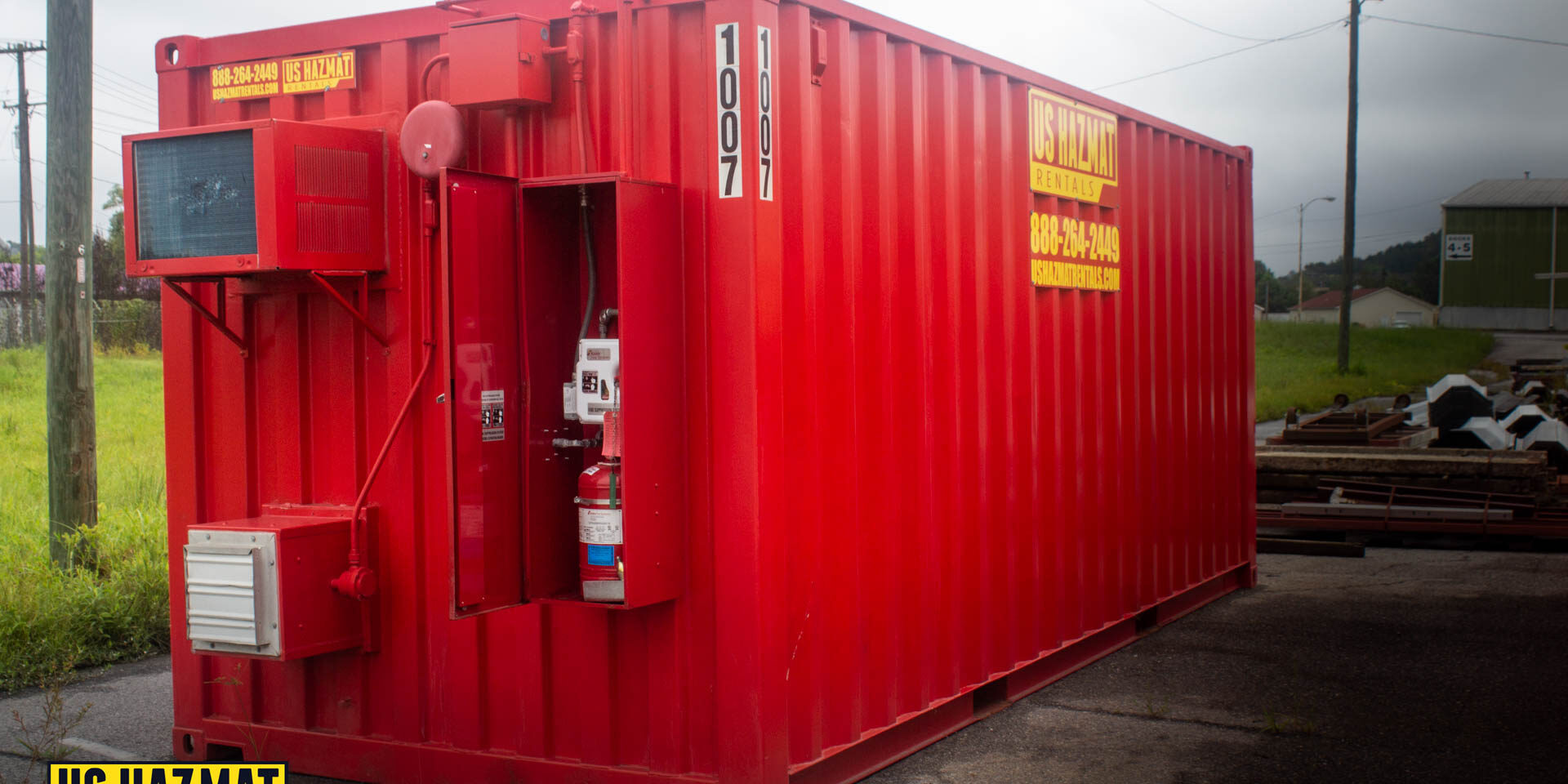Not all chemical storage dilemmas require a permanent solution. Renovations, ongoing construction work or project relocation can expose hazardous materials to accelerants or errant sparks. While otherwise stored under lock and key, hazardous materials become an afterthought as crews leave these dangerous chemicals by the wayside. In the confusion of reconfiguring operations or expanding the building’s footprint, these chemicals are often forgotten. Many times, hazardous materials are simply left outside until the work is done. The prevailing logic becomes, “This is just a temporary job, we will just put the hazardous materials back in the store room when done.” Left unattended, these chemicals can contaminate the environment or become volatile powder kegs. Compliant temporary storage is a surefire solution for short-term dilemmas.
Not All Jobs Need a Long-Term Solution

Unlike inventory or tools, hazardous materials cannot be stacked alongside everyday equipment. By law, these chemicals require climate controlled fire protection that prevents inadvertent fire and accidents from impacting nearby personnel. The Pepperidge Farm Bakery plant in Bloomfield, Conn. was apprised of the woes of improper chemical storage when drums containing sulfuric acid caught fire Wednesday morning. Instead of using water to douse the flames, firefighters instead let the fire burn off. This is an important lesson in chemistry in itself. Even substances as seemingly harmless as water can cause an averse chemical reaction when exposed to dangerous materials.
Understanding Different Classification of Chemicals Can Mitigate Disaster

Hazardous chemicals are a class within their won. But within each class of hazardous chemical, there is a special set of rules or regulations for storing these dangerous items. Hazardous materials from different classifications should not be stored together if they have reactive properties. While oxidizing materials don’t burn by themselves, they can still produce conflagrations when combined with combustible materials, like paper or wood. Some storage regulations are just common sense. Laboratory chemicals, which often require refrigerated storage, would never be stored with gasoline, lubricants or even paint. Colder temperatures could alter the chemical consistency of certain flammable materials. As for the case of sulfuric acid, employees at the bakery should’ve stored this acid in a cool, dry area away from direct sunlight and heat sources. It’s unclear if exposure played a factor in this explosion, but leaving the stockpile of acid alone outside undoubtedly played a role in the fire.
Climate Controlled Ventilated Lockers Maintain Optimal Compliant Temporary Storage Conditions

Proper climate control and ventilation can keep dangerous materials stable and from reacting with dangerous accelerants or other chemicals. Because not every storage dilemma requires a permanent storage solution, we have engineered a line of chemical storage lockers that can be easily implemented and removed from almost any job-site. The HAZMAT2208 four-hour fire rated storage locker is the perfect stopgap for storing chemicals during ongoing renovation work. Measuring 8′ wide x 22′ deep x 8′ high. This locker features a storage capacity of up to 30 Drums with 120 total sq ft, and a custom 448.2 gallons spill containment sump floor. Empty unit weighs 18,704 lbs, and is rated for a 40 PSF snow load, a 130 MPH wind load. This specifically engineered hazmat storage system complies with all applicable chemical storage regulation including: federal, state, and local standards for personnel safety. It also complies with the storage of flammable materials including Occupational Safety and Health Standards (OSHA), Environmental Protection Agency (EPA) and National Fire Protection Association (NFPA) Standard 30.






